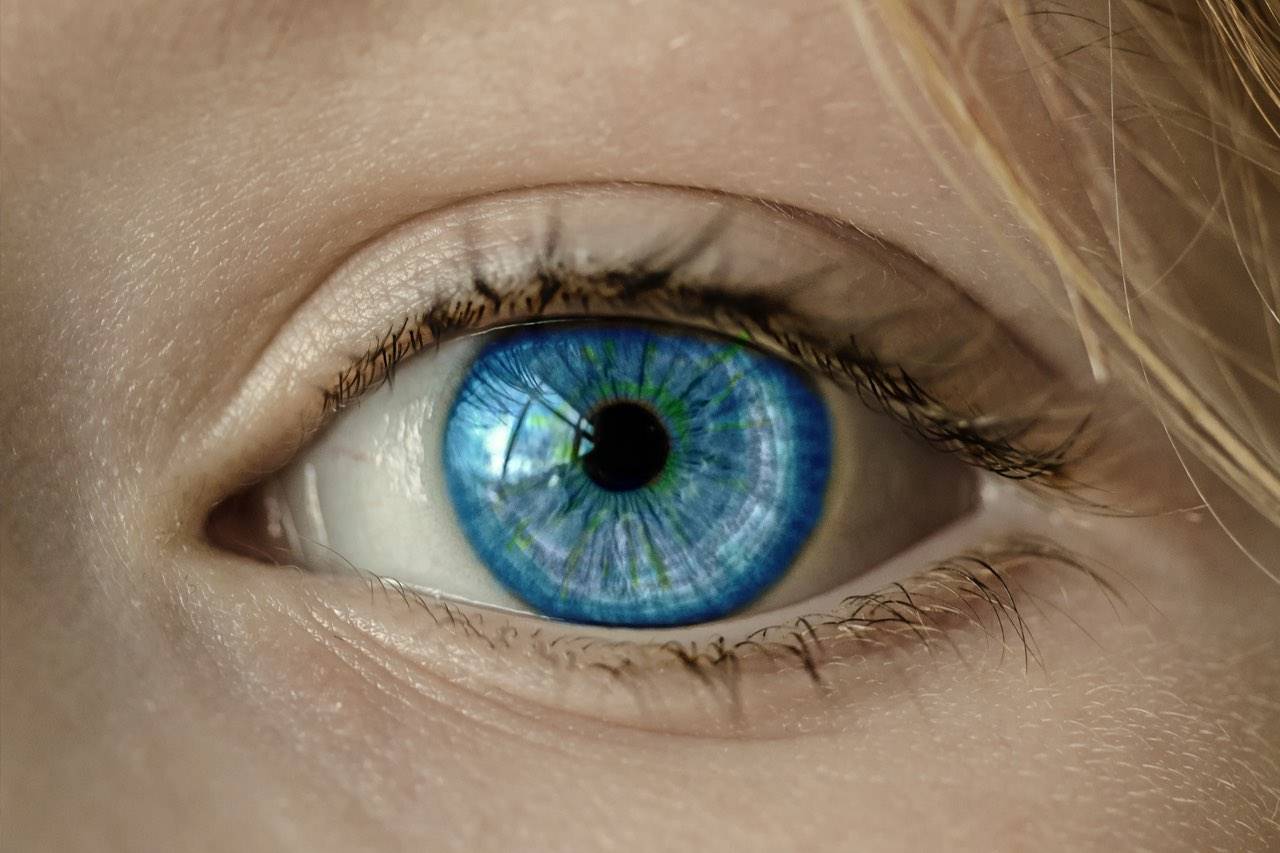
Almost everyone has heard of color blindness at some point or another, but many people don’t know that, while a large percentage of eye care patients do suffer from a condition known as Color Vision Deficiency, very few people are truly color blind.
Color Vision Deficiency is a condition in which a person is unable to differentiate between different shades of color. It is the extreme case of Color Vision Deficiency, in which patients are completely unable to see color at all, that is commonly known as color blindness.
Three Primary Categories of Color Vision Deficiency
There are three main types of Color Vision Deficiency:
- Red-green color vision defects (this is the most common)
- Blue-yellow color vision defects
- Complete lack of color vision (aka – color blindness)
Color Vision Correction?
Although Color Vision Correction will not give you perfect color vision, it will enable you to see a greater array of colors, shades and hue. This will help you start to tell the difference between different colors and shades.
Color Vision Correction can often help to:
- Start to make colors brighter, clearer and more distinct
- Improve your color perception
- Help you start to identify and name colors
- Allow you to see shades that you never saw before
- Increase safety by helping you to distinguish traffic lights and brake lights more easily
Specialty Color Corrective contact lenses are prescribed for each patient to help correct the eye to compensate for missing color filters. These lenses help you see more colors and shades, and make colors “pop” more by making them sharper and more distinct.
What’s So Wrong With Having Color Vision Deficiency?
Many people don’t realize how much Color Vision Deficiency can negatively affect a person’s life, but think about it:
How many times a day do you reference color when you describe items or places? How often do you recognize other people by the color of the clothes they wear or the color of their hair or eyes?

If you can’t tell the difference between red and green, how will you know when to stop or go while driving? And simple directions become much harder if you can’t recognize landmarks or items of a certain shade or color.
When you consider this, it becomes easy to see why being able to see color properly is so important and why we help patients suffering from Color Vision Deficiency.